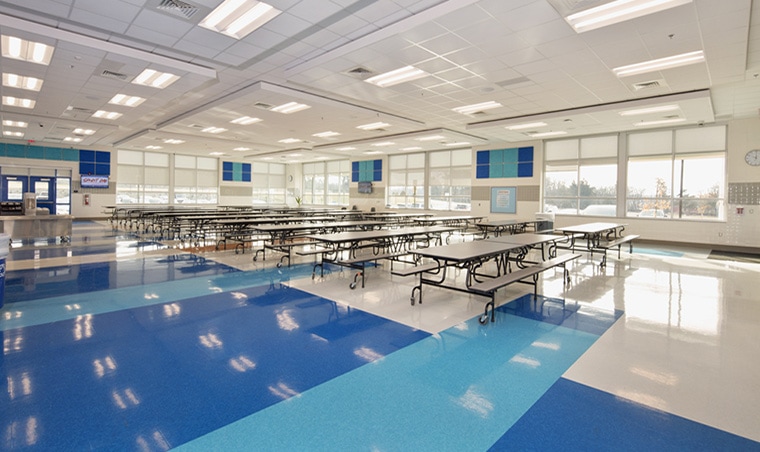Reopening K-12 Schools During the COVID-19 Pandemic: Prioritizing Health, Equity, and Communities provides guidance on the reopening and operation of elementary and secondary schools for the 2020-2021 school year. The report is available as a free pdf and recommends schools and districts take the following precautions to protect staff and students:
- Provide surgical masks for all teachers and staff. All students and staff should wear face masks. Younger children may have difficulty using face masks, but schools should encourage compliance.
- Provide hand washing stations or hand sanitizer for all people who enter school buildings, minimize contact with shared surfaces, and increase regular surface cleaning.
- Limit large gatherings of students, such as during assemblies, in the cafeteria, and overcrowding at school entrances, possibly by staggering arrival times.
- Reorganize classrooms to enable physical distancing, such as by limiting class sizes or moving instruction to larger spaces. The report says cohorting, when a group of 10 students or less stay with the same staff as much as possible, is a promising strategy for physical distancing.
- Prioritize cleaning, ventilation, and air filtration, while recognizing that these alone will not sufficiently lower the risk of COVID-19 transmission.
- Create a culture of health and safety in every school, and enforce virus mitigation guidelines using positive approaches rather than by disciplining students.
These recommendations are designed to help districts and schools successfully navigate the complex decisions around reopening school buildings, keeping them open, and operating them safely.
The report says the cost of implementing these COVID-19 precautions will be very high, totaling approximately $1.8 million for a school district with eight school buildings and around 3,200 students. The full report, published by The National Academies of Sciences, Engineering, and Medicine, is available here.
###

